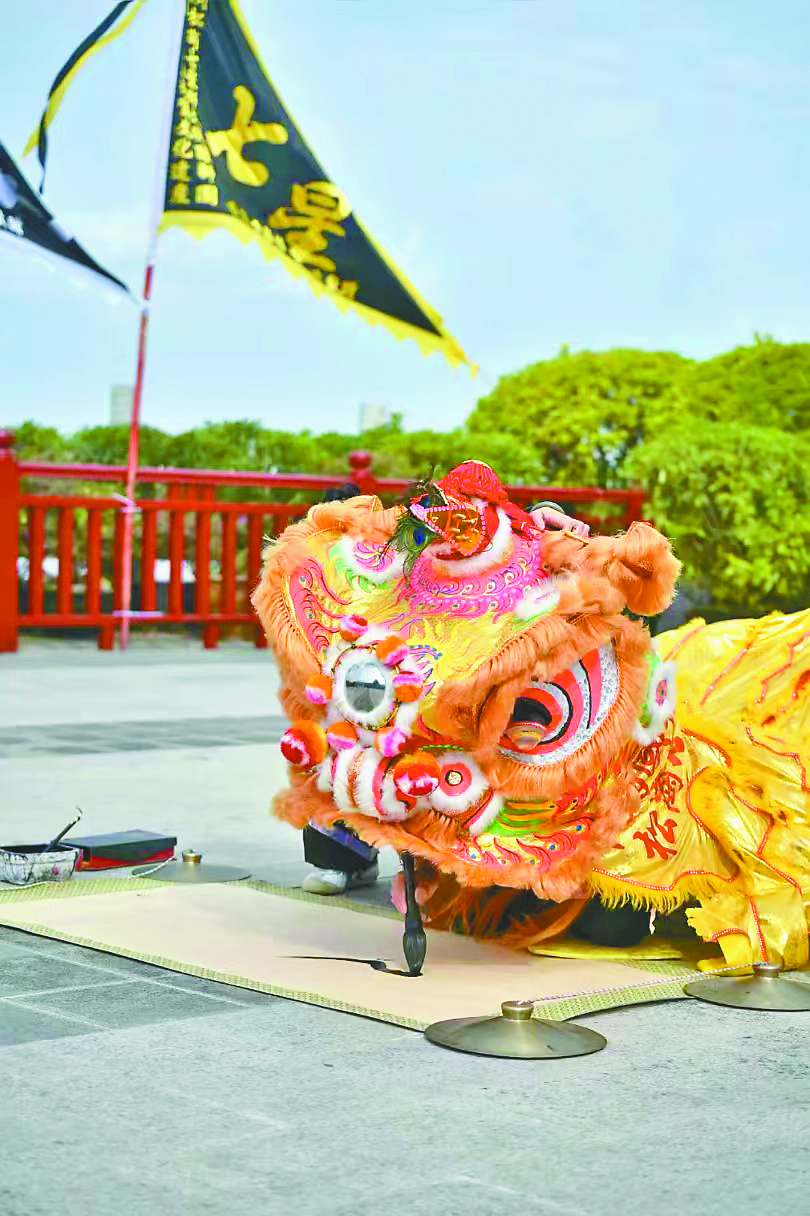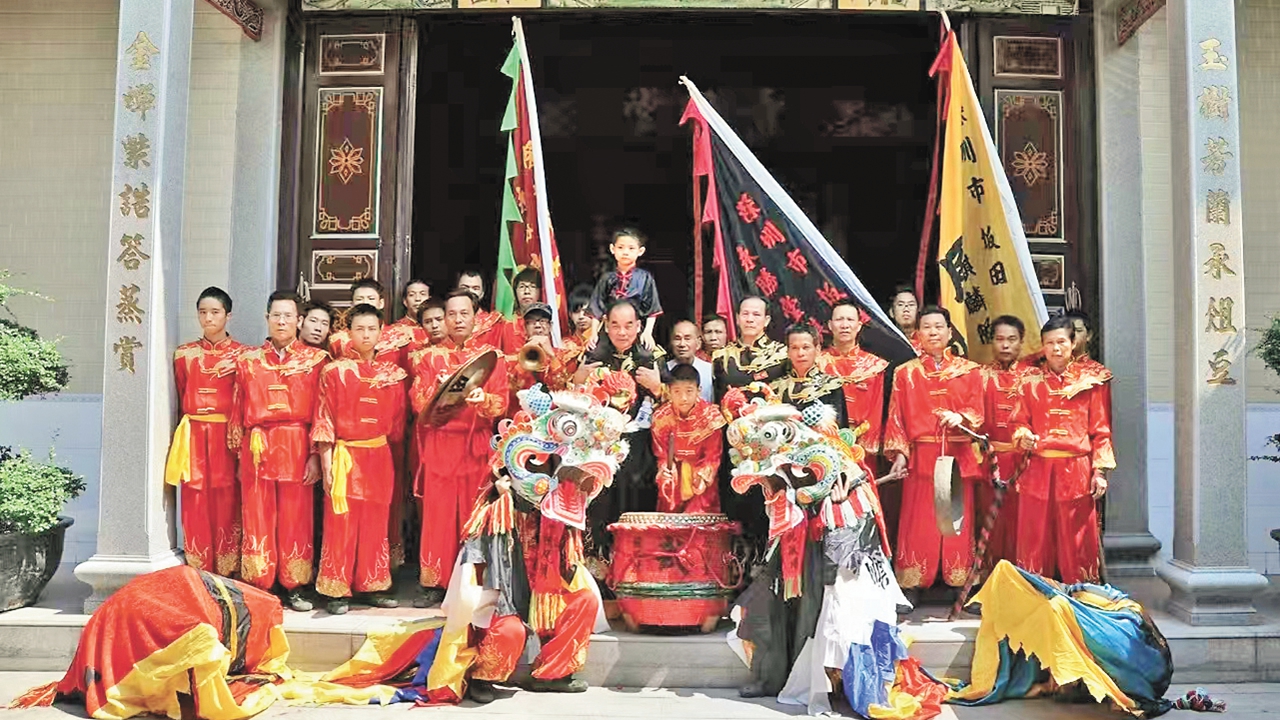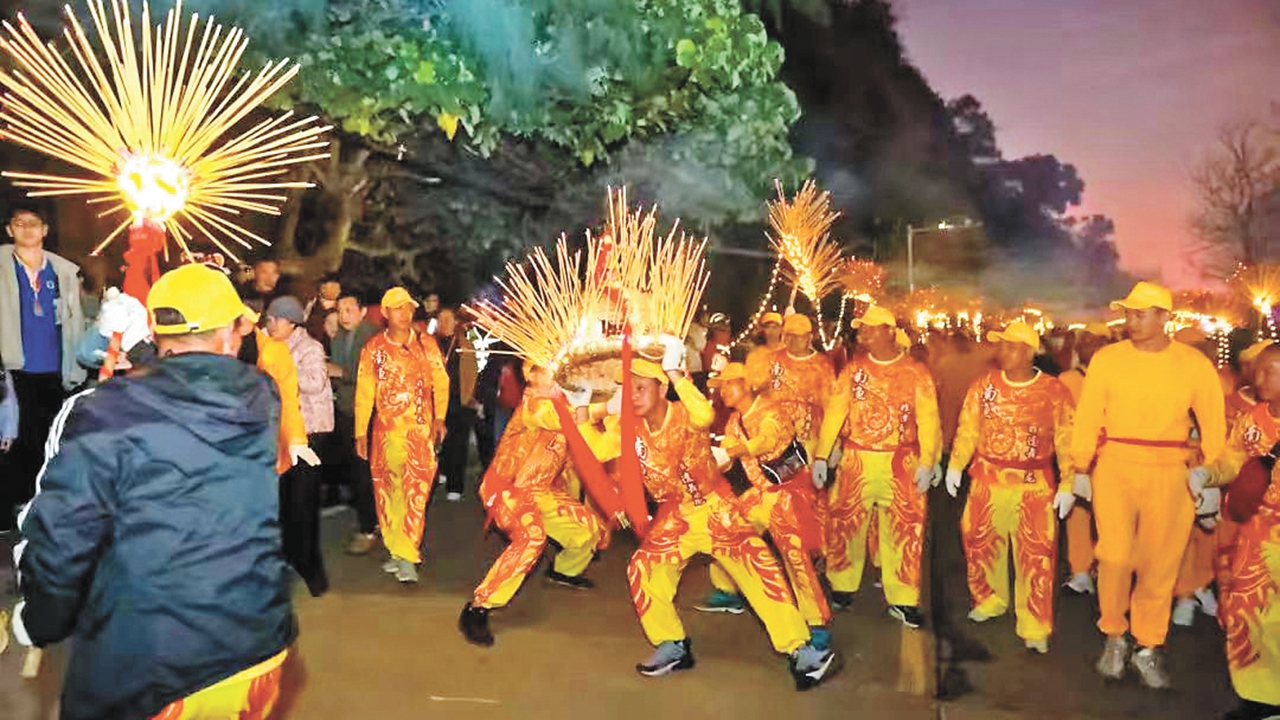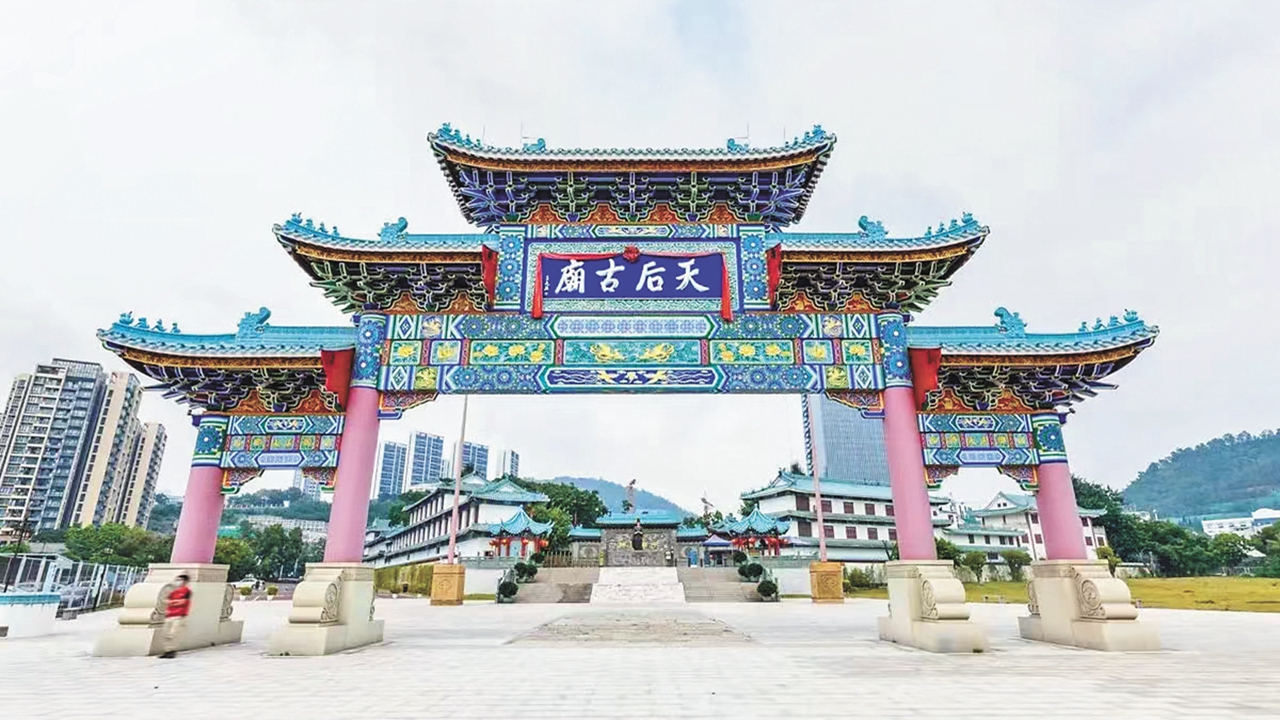A journey through history: SZ's national intangible cultural heritages (II)
Writer: Claudia Wei | Editor: Lin Qiuying | From: Shenzhen Daily | Updated: 2024-12-30
With a history of less than half a century, Shenzhen has gained recognition in China, and even globally as a youthful and innovative city that welcomes people from all corners of the world. However, it might come as a surprise to many that Shenzhen boasts a rich array of intangible cultural heritages, comprising a total of 288 heritage items of various levels, including eight national cultural treasures. Let’s delve into the exploration of these national-level intangible cultural heritages.
Songgang Qixing Lion Dance
The Qixing Lion Dance is a traditional performance in Songgang Subdistrict and its neighboring areas in Bao’an District. A distinctive feature of the Qixing Lion Dance in Songgang that sets it apart from the other lion dance performances lies in its drum music with a unique rhythm of seven and a half beats. In addition, the Songgang Qixing Lion Dance is further divided into two types: the “warrior lion dance” and the “scholar lion dance.” The main movements of the “warrior lion dance” involve “teasing the snake” (interacting with a live copra), while the “scholar lion dance” showcases the “lion” performing calligraphy.

A lion of the Songgang Qixing Lion Dance “writes” calligraphy during a performance. File photos
The Songgang Qixing Lion Dance has preserved the traditional elements of the Qixing Lion Dance, making it an important representation of the historical evolution of lion dance performances in southern China. It holds significant historical and cultural values.
Bantian Yongshengtang Kylin Dance
Shenzhen is one of the primary regions in China where the Hakka people reside, and they perform the kylin dance during festivals and holidays to pray for a better life. This is an important aspect of Hakka culture. Among the most influential Kylin Dance teams is the Bantian Yongshengtang Kylin Dance, which has been included in the national intangible cultural heritage list.
Bantian Yongshengtang Kylin Dance.
The Bantian Yongshengtang Kylin Dance team was established during the Opium War by its founder, known by his nickname Ao Tousi. To encourage young people in his village to practice martial arts as a means of protection against attacks by outsiders and bandits, he incorporated southern Chinese martial arts into the kylin dance and named the team Yongshengtang Kylin Dance team, signifying the belief that the kylin is victorious forever.
With a history of more than 170 years, the Bantian Yongshengtang Kylin Dance is performed during the Spring Festival and at various festive occasions. This tradition has been passed down through 12 generations. It was officially recognized as a national intangible cultural heritage item in September 2011.
Grass Dragon Dance in Dapeng

Grass Dragon Dance is performed in Dapeng during the Chinese New Year period.
The Grass Dragon Dance is a folk custom celebrated during the Spring Festival by fishermen in Nan’ao Subdistrict in Dapeng New Area. Distinctive to Nan’ao, local residents craft dragon-shaped props with sword grass freshly cut from nearby mountains for their dance performances on the second day of the Chinese New Year. As they dance with the grass dragons, local villagers pay tribute to the sea by beating drums and gongs and setting off firecrackers, to pray for favorable weather and bountiful catches of fish and other aquatic products in the coming year.
‘Cisha’ Mazu Worship Ceremony
Cisha, which literally means “farewell to the sand” in English, is a traditional folk celebration held at the Tianhou Temple in the Chiwan area of Shekou, Nanshan District. Dating back to the Ming Dynasty (1368-1644), local fishermen perform the rituals to worship Mazu, the sea goddess, praying for safety.

Tiaohou Temple in Chiwan, Shekou, Nanshan District.
During the ceremonies, local people hollow out the bellies of pigs, cows and sheep, and fill them with grass before placing them on the sandy beach as offerings to Mazu. After the worship rituals, the sacrifices are submerged in the sea. Historically, the Cisha ritual for Mazu was primarily conducted before locals embarked on a sea journey.
With a history of more than 500 years, this ritual is one of the best-preserved customs dedicated to the sea goddess. It was included in Guangdong’s provincial list of intangible cultural heritage in 2007.